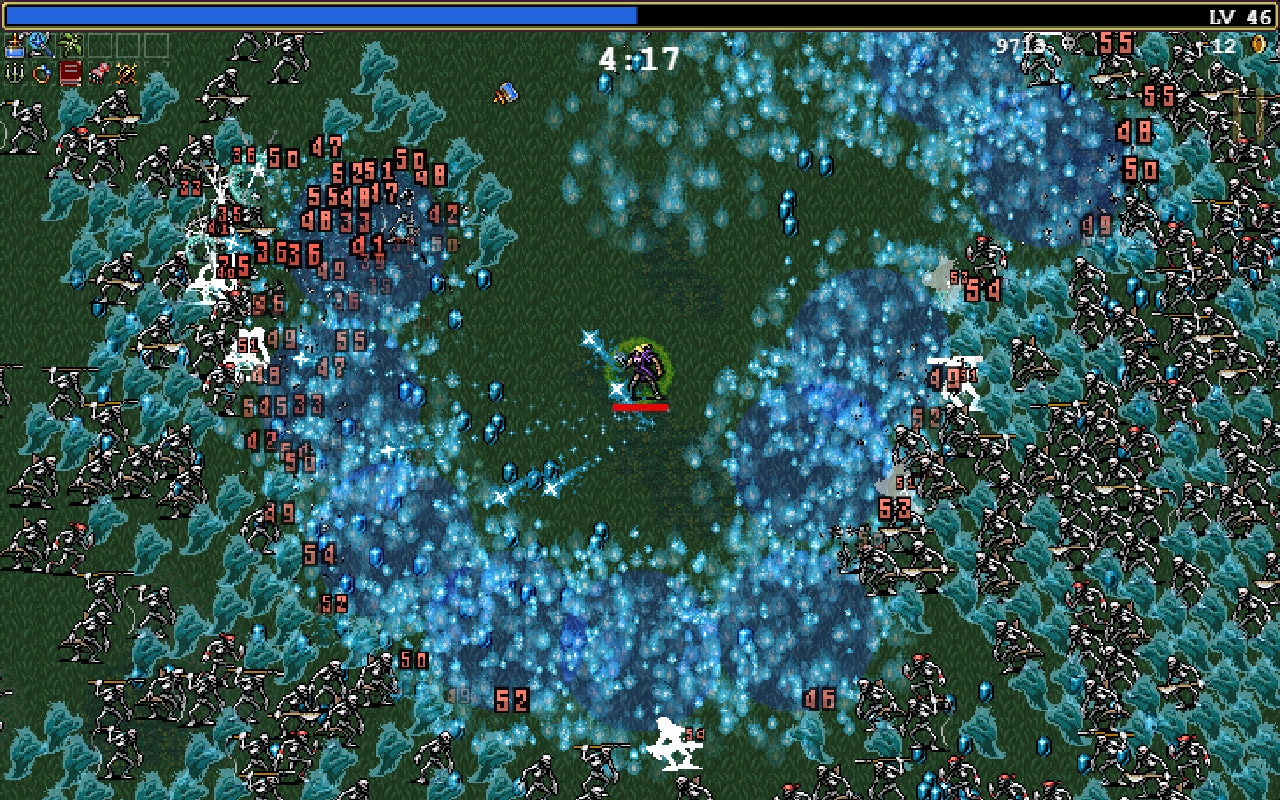.png?width=700&auto=webp&quality=80&disable=upscale)
"No one" cares about your game. Here's why that can be a good thing
CEO of Future Friends Games, Thomas Reisenegger explains how to use this to your marketing advantage.

One of the most enduring topics in the games industry, particularly in an era of abundant indie releases, is how to compete for attention in a crowded market and what works to get people's eyeballs on your game. With so much noise and so many platforms to choose from, it's crucial to determine what is effective, and what will speak to your potential audience in the fleeting time you may have.
Shedding some light on this topic is Thomas Reisenegger, co-founder and CEO of Future Friends Games, who spoke at GDC 2023 on this topic, talking about the "golden rule of games promotion:" no one cares about your game. Here's what you can learn from embracing this knowledge.
"This 'no one cares about the game' mindset is one of the most helpful sentences and mantras I've learned in my marketing career," says Reisenegger. While games marketing has gotten more professional and organized in the past several years, there's not been as much discussion about the qualitative approach.
Though it's very natural to look to others as an example of what to do or not do, when it comes to the most prominent examples in the games industry, most of the information won't be applicable. Games marketing suffers from what he calls "The Avengers Problem," that is, that triple-A games receive the lion's share of marketing and audience attention, and thus, examining their methods is not particularly helpful. What works for them will not work for games that cannot rely on that level of inherited brand awareness.
Micro level marketing
Reisenegger describes "micro level" as all the forms of communication at your disposal from big to small, email to Reddit. Every one of these interactions matters. Here are a few rules you can use as a checklist when preparing communications:
Rule 1: Get to the point quick and show what you have immediately. Even taking a few extra seconds to float developer and publisher logos at the beginning of your game trailer can derail the audience's interest. This is important even on the store page. Put the most relevant details out front and center.
Rule 2: Make things work for newcomers. Don't assume that everyone viewing your trailer has seen the ones you've previously released, or even know what your game is. Add more framing and context as needed. You lose people immediately if they don’t feel included.
Rule 3: Think of the environment. Who is going to watch this and how? Be succinct and highly visual but also take into consideration conventions (for example, TikTok users view videos in portrait, not landscape). Make sure it reads nice visually. Also, know your platform and its strengths. For example, TikTok users will consume videos with audio, so use that to your advantage.
Rule 4: Basic sales pipeline. Know your next step. Your audience should know how and where to take the next step in keeping track of that game, even if that's just a link to the Steam page. But also, try to avoid calls-to-action, which are seen as cringe.

Macro level marketing
Just show your game. Never take it for granted that people know about your game at all. Introduce your game as many times as you need to, even when it feels repetitive. Even indie hits like Vampire Survivors, which has formidable player numbers, even at an event like the Game Developer Conference, do not have guaranteed brand visibility, Reisenegger says. "I can't overstate how big the pool of people is that don't know your game." Metrics might give you the impression that, for example, "everyone" has seen your popular Reddit post or viral TikTok. But maybe someone in your potential audience simply wasn't on that platform that week, or was on honeymoon. Those gaps need to be filled.
Bonus: know your money shot. "Knowing what is the one shot that is really really good for your game can lead to change your campaign." Purposefully put it in everything, like your store page or launch email, and especially use it on TikTok. TikTok can act almost as a beta test to figure out the most appealing visual aspects of your game.�
Rinse, repeat. Use what works over and over. Keep remembering that most of your audience does not know about your game. "Make sure you keep repeating what your game is. Recycle trailers, change them a little bit, put them out again, try different platform. We also had examples where people launched the game on Xbox and Switch, and then they go to PlayStation and all their marketing just talks about the new features of the PlayStation version. But that doesn't make sense, because the PlayStation people have never ever seen your game. For them, it's a completely new game. So you've got to treat it like that. Again, just explain them what the game is."
Adapt. Reisenegger says that the first three steps are "90%" of the work, and that last bit to take it to 100% is to continue observing: honing into what works for your campaign, and then refining it. Be flexible, expand upon what seems to be drawing the most attention to your game as you go.
Understand the reach of multipliers. Some platforms will boost your reach and it's good to have insight into which are the most effective. Also, do not neglect your Steam page. It will far and away be the most important face of your game.

In summary: show your game a lot.
Show your game. Show it a lot.
In terms of campaign planning, keep reminding people forever, there is no such thing as hype. It's really almost impossible to build hype for an indie game because most people keep forgetting about it. That's why wishlists are important, so they get an email on day one.
Reuse, recycle, rinse, repeat. Reuse the assets, recut them; again, show as many times as you can, show as many features as you can.
Don't feel like you can spam people. It's almost impossible for an indie game. It's possible with multi, multi million dollar marketing budgets. "It's not possible if you're just like, a person that puts out stuff."
Embrace the chaos and the depth and figure out your multipliers and then prioritize accordingly.
Read more about:
FeaturesAbout the Author
You May Also Like









